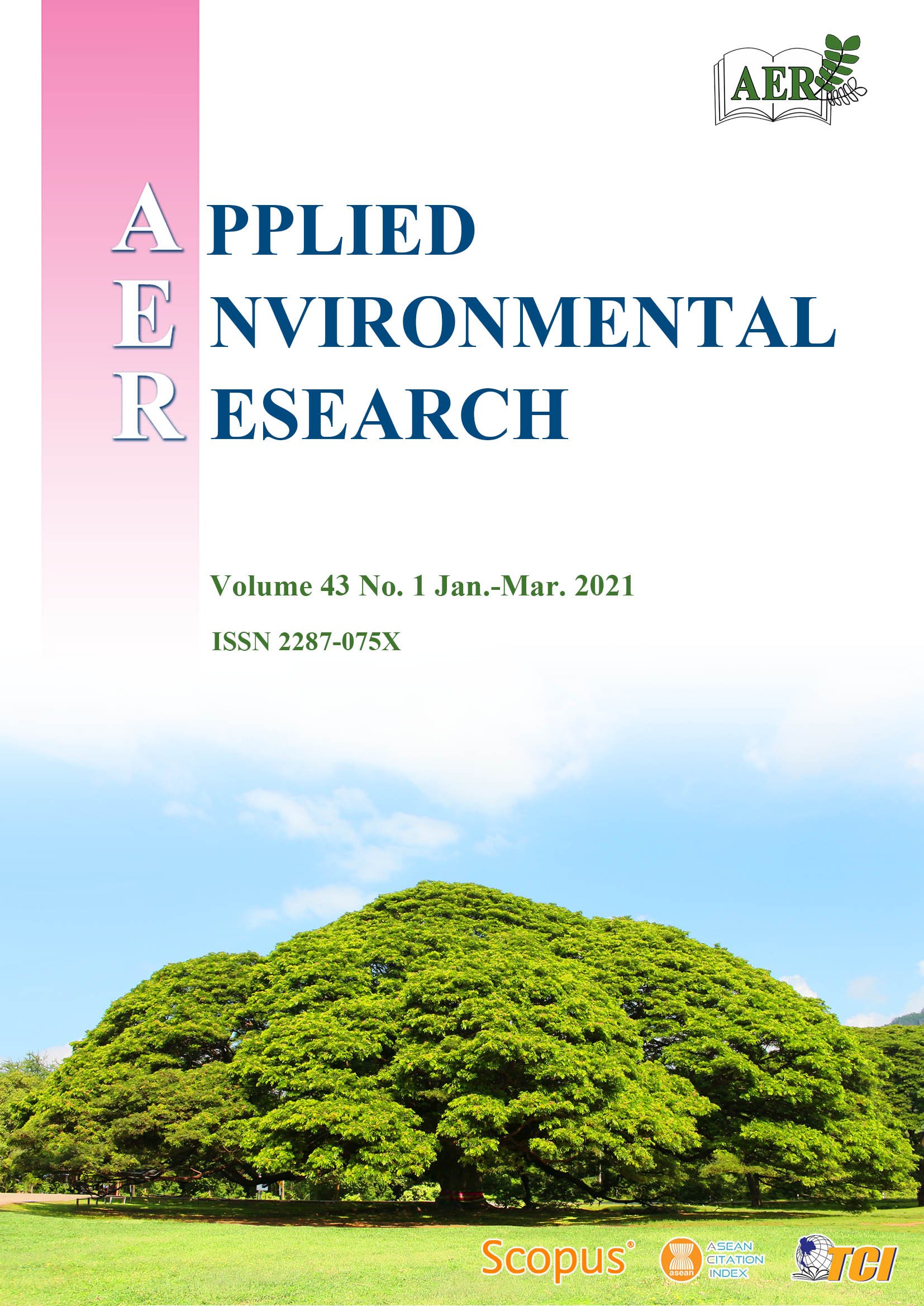Change in Rainfall Patterns in the Hilly Region of Uttarakhand due to the Impact of Climate Change
Main Article Content
Abstract
Uttarakhand, a Himalayan state of India, may experience an increase in temperature of 1.4°C to 5.8°C by 2100 due to global warming, which will melt the glaciers of the state. As such, we have tried to quantify the changes that have already been happened and also tried to quantify the future changes that may occur due to the impact of climate change. The future rainfall may be estimated by using a global circulation model (GCM). However, due to the very coarse spatial resolution of the different GCM, we cannot use them in their natural form. For matching this spatial inequality between the GCM output and historical precipitation data, we used the statistical downscaling technique. In the present study, we also tried to examine the suitability of the artificial neural network with principal component analysis for downscaling the rainfall for different hilly districts of Uttarakhand, India. We used the Canadian Earth System Model of the IPCC Fifth Assessment Report, as the GCM model, and the Indian metrological department gridded data as the observed rainfall. We performed the analysis for the different scenarios to visualize the impact of climate change on rainfall trends for all nine hilly districts of Uttarakhand. Results show that there was a clear indication of climate change in upper Himalayan districts like Pithoragarh, Rudraprayag, and Chamoli, which was observed from the pattern of the peak of monthly rainfall. The percentage change in monsoon rainfall may go up to 200 % in the case of RCP8.5 in comparison with the observation data. Also, the volume of rainfall may increase in the case of RCP8.5 from July to September as compared to the historical data, i.e., there may be a shifting of monsoon rainfall in the future.
Article Details

This work is licensed under a Creative Commons Attribution-NonCommercial 4.0 International License.
Published articles are under the copyright of the Applied Environmental Research effective when the article is accepted for publication thus granting Applied Environmental Research all rights for the work so that both parties may be protected from the consequences of unauthorized use. Partially or totally publication of an article elsewhere is possible only after the consent from the editors.

